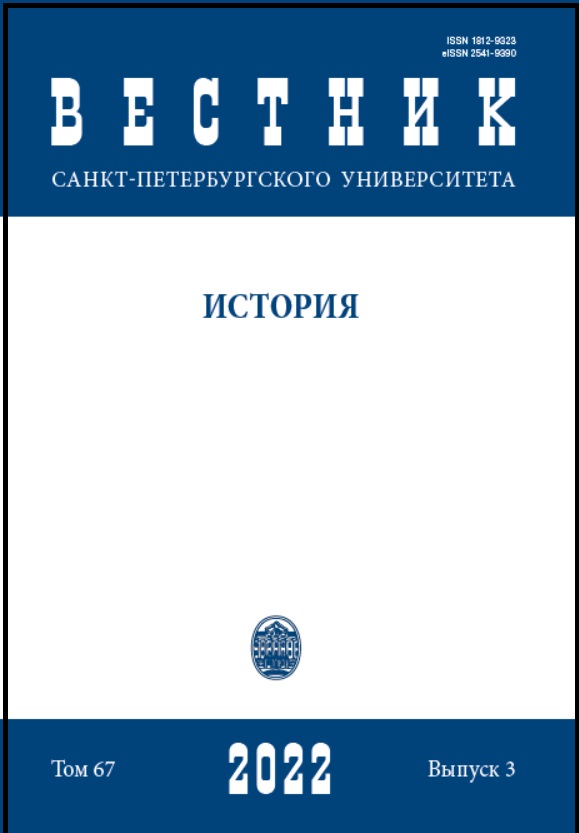Beringia and the Settlement of the Western Hemisphere
DOI:
https://doi.org/10.21638/spbu02.2022.313Abstract
Previously, we addressed the problem of what variable(s) limited widespread human settlement of the Americas before ~15 ka. We concluded that while non-modern human taxa (e. g., Neanderthals) probably did not inhabit high-latitude environments (due to cold climate and/ or low plant and animal productivity) and thus could not disperse in the Western Hemispherevia Beringia, modern humans likely were denied access to mid-latitude North America >15 ka by coastal and interior ice sheets. Here we reexamine the problem with respect to modern humans in light of a revised chronology for glaciers and sea level, new research in paleo-genomics, and some new archaeological discoveries. During 35–30 ka, a lineage with west Eurasian roots occupied the Great Arctic Plain and may have expanded into eastern arctic Beringia and mid-latitude North America via an ice-free corridor. An East Asian lineage associated with microblade technology occupied the Lena Basin during the LGM and expanded onto the Great Arctic Plain >15 ka, possibly as early as the GI 2 interstadial (24–23 ka). Their immediate descendants probably occupied the southern Bering Land Bridge and Northwest Pacific
coast >15 ka and dispersed widely in the Western Hemisphere during GI 1 (14.5–12.9 ka), primarily if not exclusively via a coastal route. The coalesced Laurentide and Cordilleran ice sheets blocked interior access to mid-latitude America until 13.8 ± 0.5 ka (and possibly later due to the length and narrow width of the ice-free corridor >13 ka).
Keywords:
settlement of the Americas, Beringia, Northern Asia, modern humans, paleogenetics, sea level change, glacier pulse, paleoecology
Downloads
References
References
Downloads
Published
How to Cite
Issue
Section
License
Articles of "Vestnik of Saint Petersburg University. History" are open access distributed under the terms of the License Agreement with Saint Petersburg State University, which permits to the authors unrestricted distribution and self-archiving free of charge.





